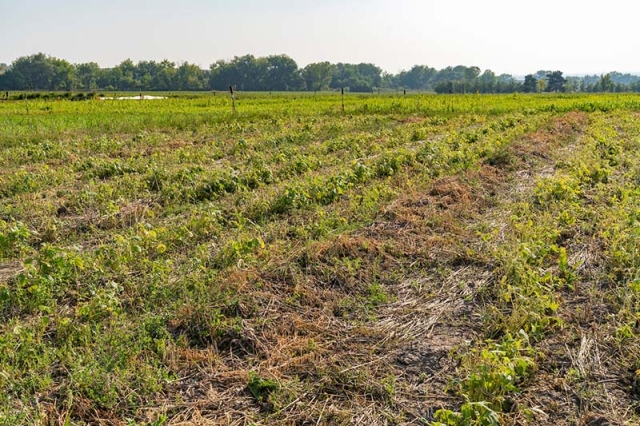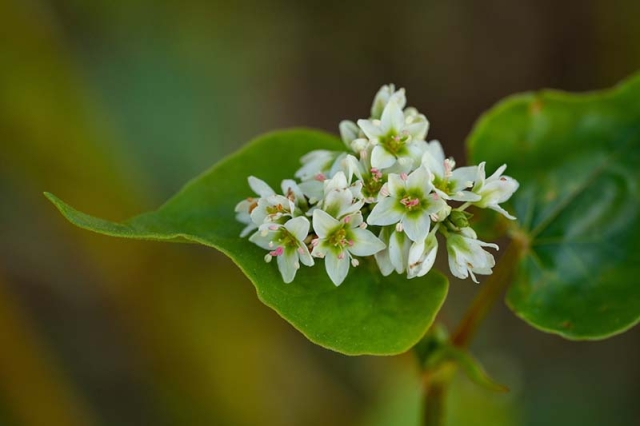Cover Cropping on the Farm
In our quest to incorporate more regenerative practices on the farm we have been using cover crops for several reasons. It may seem counterintuitive, but even when we need to rest and regenerate an area of the field, growing a cover crop can add nutrients and organic matter to recharge the soil. It also helps to compete with our (unfortunately) healthy weed seed bank and protect the soil from blowing away in the wind. Keeping the ground covered can reduce the temperature of the soil and either help retain water when it's dry or allow water to percolate better in the event of heavy rain. Cover crops also help with increasing the biodiversity of our ecosystems.

Sometimes when we cover crop an area, we use a mix of seeds to mimic the natural layering of plant stories. One example would be a cocktail of oats, peas and vetch. The oats often come up first and will be the tallest layer. Next, the peas emerge and climb the oats. Finally, the vetch creeps along the ground, covering the soil. Both the peas and the vetch work with beneficial bacteria in the soil to pull nitrogen from the air and add it to the soil to feed the next round of crops. The peas and vetch flower, attracting beneficial insects to our fields, and the diverse mix of plants create a habitat for small animals like birds, toads and rodents. Therefore, by increasing the biodiversity of plants in the field, we have also increased the biodiversity of the soil, insects and animals.

We are hoping that with diligent cover cropping we will be able to get a handle on our weed population, which includes the notorious Canada thistle. Much of the success of cover cropping is dependent on good timing with seeding, watering and termination of the crop so that it too doesn’t go to seed and also become a weed. While we were able to get a nice crop going this spring there was still a lot of problematic thistle in the field.
However, much to my delight, I also observed several insect pests that are specific to the thistles. We had Canada thistle bud weevils, thistle tortoise beetles and thistle stem gall flies all preying on our nemesis! Each of these insects attacks the plant in a different way but all of them help to weaken the plant or reduce its ability to go to seed. Even though we were a little behind schedule when we mowed the crop down this summer, it felt good to know that these new insects in our area added to our biodiversity and helped in the battle against the thistle, and the cover crop also enhanced the health of our soil for seasons to come.
Add new comment